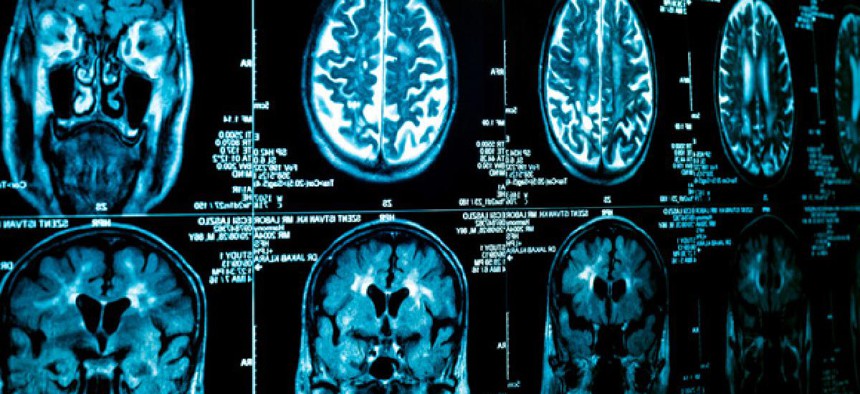Poor Electronic Records Implementation Could Hurt Patients

Shutterstock.com
The credo "first, do no harm" applies not just to medical professionals, but to health IT intended to improve patient care, suggests a health-care management company executive.
The credo "first, do no harm" applies not just to medical professionals, but to health IT intended to improve patient care, suggests a health-care management company executive.
Dr. Wendy Whittington, chief medical officer of Dallas-based Anthelio Healthcare Solutions, told Healthcare Payer News that hospitals should be aware of potential pitfalls of electronic health records systems. She has listed five ways in which poor health IT implementation could harm patients.
- Delaying patient care: Any time a physician has to hunt through EHRs for information, care can be delayed.
- Unnecessary tests and studies: Information presented in an unfamiliar format can prompt doctors to order tests that aren't needed.
- Contraindicated treatments: Some EHRs give clinicians so many warnings about potential adverse drug events, for example, that many have begun to ignore the warnings.
- Treating the wrong patients: It's easier to make this mistake when using many EHR systems than when doctors are using paper charts, Whittington says.
- Failure to follow up on test results: Doctors can become less vigilant, mistakenly thinking that the EHR will ensure follow-up care.
"We can't assume IT will fix a bad clinical workflow or process," Whittington is quoted as saying in the Healthcare Payer News article. "Unless you fix that first, you won't win."
Nonetheless, she said proper implementation of EHRs--with the addition of "ticklers" and other reminders to circumvent possible mistakes--is more than possible.
NEXT STORY: VA taps Archives to scan paper disability claims






